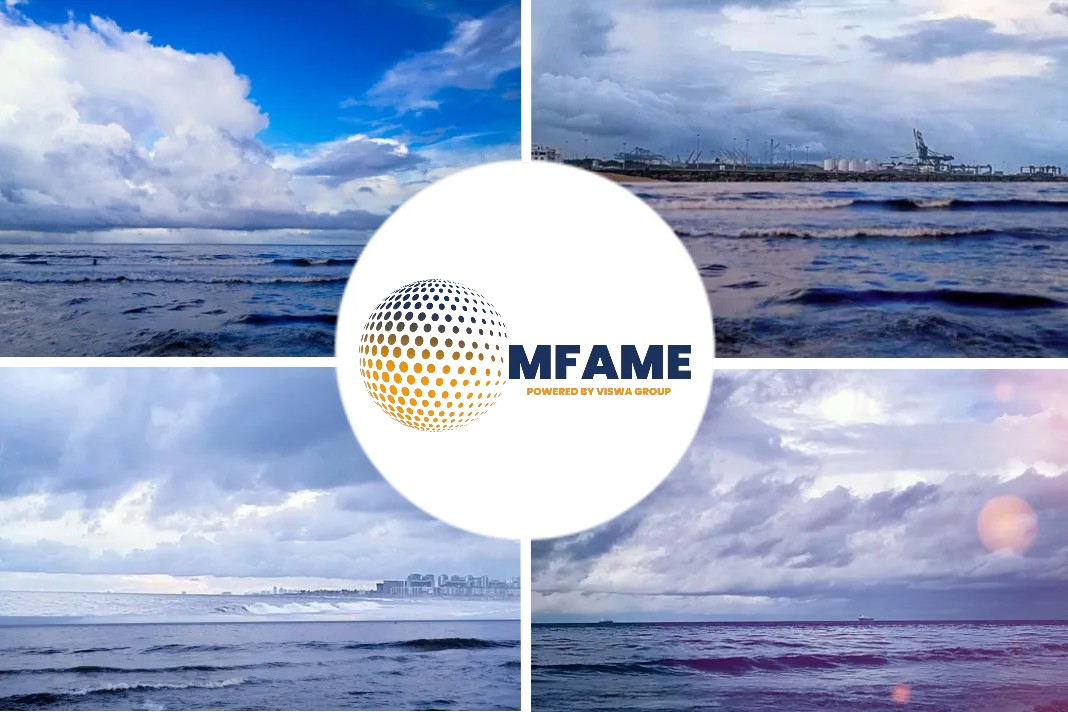Unmanned vessels and autonomous logistics operations are set to transform the way people and goods move around. We take a closer look at how automation technology will impact the industry.
Stories about driverless cars are so commonplace now it’s almost easy to forget that they were the realm of science fiction just a few years ago. Development of autonomous technology has been so unexpectedly rapid, and now attention is turning to the maritime industry.
Autonomous vessels are a very much a trending topic right now, but one Wilhelmsen insider believes the prospect of a world in which tens of thousands of cargo vessels cross vast oceans without a crew is not a realistic prospect in the short-to-medium term.
Deep-sea vessels
Per Brinchmann is well-placed to take an educated guess at what the future holds for both Wilhelmsen and the industry. Today the Vice President Technical at Wilh. Wilhelmsen ASA, Brinchmann began his career as a researcher in ship operations and marine safety, and worked for many years bringing new products and innovations to market.
“It will take a long while for deep sea shipping to become fully autonomous and unmanned. The crew are doing vital work such as maintenance and preparing the ship for port operations. There is of course a move towards more automated condition and performance monitoring, condition-based maintenance and shore-based assistance that will reduce crew numbers. We are implementing the systems required to help enable this.”
The major stumbling block for autonomous operation of deep sea vessels is the maintenance. A key operational model for any autonomous vessel is that much of the maintenance takes place while the ship is in port, something that Brinchmann believes isn’t compatible with the business model.
“A cargo ship makes money when it is sailing, not at berth. The more time allowed for sailing, the lower fuel consumption. If we remove the maintenance crew and schedule all the work to be done at berth, the income potential of the vessel is drastically reduced. I think the focus when introducing autonomous systems to deep sea vessels should be to increase safety and improve the efficient operations of the vessel rather than the idea of an unmanned ship.”
Short-run vessels
It’s a different story for localized services and the offshore industry. There are no technical reasons why automated near-shore operations is limited to small boats. Regulatory limitations have so far prevented large unmanned ships from being put into use, but a new European project is set to change that. Norway’s Kongsberg, DNV GL and the Norwegian Maritime Authority (NMA) are working together with The UK’s Automated Ships Ltd to launch a new fully-automated vessel named Hrönn in 2018.
An offshore utility ship, Hrönn is designed to service the offshore energy, scientific and fish-farming industries with survey work, the launch and recovery of autonomous underwater vehicles, small cargo delivery and support for open-water fish farming. The vessel also has potential as a stand-by support for offshore firefighting.
Sea trials will take place in Norway’s newly designated automated vessel test bed in the Trondheim fjord.
Next steps for Wilhelmsen
As well as developing on-board safety and condition monitoring systems, Wilhelmsen is turning its attention to an area that’s often missed when automated vessels are discussed in the media: port operations.
“For our part of the deep sea logistics industry, there may be more potential for automation in the cargo logistics than on board the vessels themselves,” says Brinchmann.
“Automation and the clever use of data has the potential to improve terminal efficiency and reduce time in port, damage to cargo and the risk of human error. The challenge is to take advantage of all the information and automation systems in our future RoRo cargo to make an autonomous cargo flow from the terminal gate to the final position onboard the vessels. This will include the planning of loading and positioning on board as well as all stability issues. We need a much more integrated approach to the flow of information from the cargo to the terminal to the ship.”
Even if deep-sea vessels remain manned for the short-to-medium-term, it seems inevitable that on-board systems will increase the possibilities for remote monitoring, while fully-automated short-run vessels and drones could have a key part to play while the vessels are docked.
Did you subscribe for our daily newsletter?
It’s Free! Click here to Subscribe!
Source: Wallenius Wilhelmsen Logistics



















